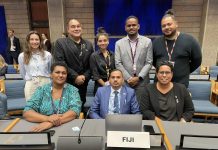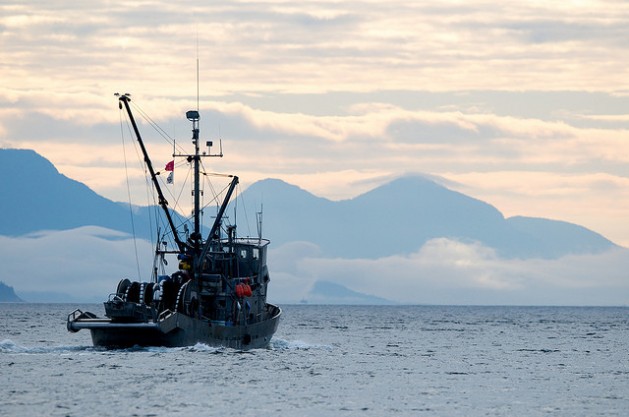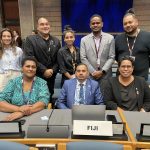By Karen McVeigh
Almost two-thirds of the world’s ocean lies outside national boundaries. These are the “high seas”, where fragmented and loosely enforced rules have meant a vast portion of the planet, hundreds of miles from land, is often essentially lawless.
Because of this, the high seas are more susceptible than coastal seas to exploitation. Currently, all countries can navigate, fish (or overfish) and carry out scientific research on the high seas practically at will. Only 1.2 percent of it is protected, and the increasing reach of fishing and shipping vessels, the threat of deep-sea mining, and new activities, such as “bioprospecting” of marine species, mean they are being threatened like never before.
Yet, not only does a healthy ocean provide half of the oxygen we breathe, it represents 95% of the planet’s biosphere, soaks up carbon dioxide and is Earth’s largest carbon sink.
This week, delegates from 193 member states will begin the final talks at the UN headquarters in New York to conclude negotiations for what scientists have described as a “once in a lifetime” chance to at last protect the high seas.
Aimed at shielding huge swathes of the world’s ocean from exploitation, the talks – officially called the Intergovernmental Conference on Marine Biodiversity of Areas Beyond National Jurisdiction, or BBNJ – are the fifth round of negotiations, which ended last August without agreement. The current round of talks began last week and will end on 03 March.
The pressure is on. Last month, the UN secretary general, António Guterres, weighed in with strong words, saying the ocean was on the “frontlines” of the war against nature, and calling on nations to stop squabbling and conclude the delayed negotiations.
Above all, the talks are critical to enforcing the 30×30 pledge from the UN biodiversity conference in December: a promise to protect 30% of the ocean (as well as 30% of the land) by 2030. Without a high seas treaty, scientists and environmentalists agree the 30×30 pledge will fail, for the simple reason that no legal mechanism exists for establishing protected marine areas on the high seas – rendering any promises to do so meaningless.
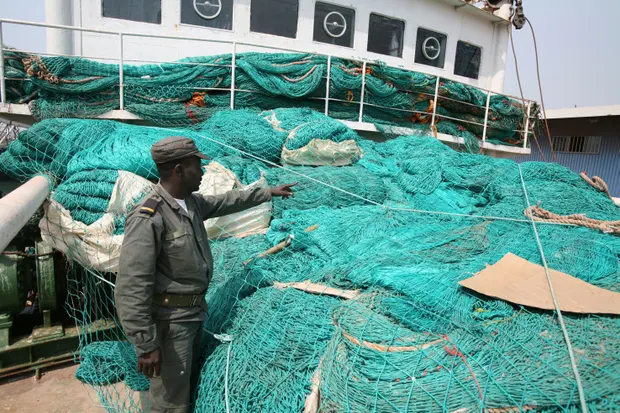
“Every second breath being taken comes from the ocean generating oxygen,” said Liz Karan, who leads high seas protection work at the Pew Charitable Trusts. “A healthy ocean is critical for having life on the planet – including human life.”
Karan and others are hopeful that over the next few days countries will finalise a legal framework to establish a network of high sea marine protected areas (MPAs), to create “reservoirs for adaptation and resilience” for species in a changing climate. The deal would also set out rules for conducting environmental impact assessments for other activities (including resource exploitation) – another currently next-to-impossible task because there is no agreed way to do it.
The hold-ups in the treaty talks are practical and ideological. When the last session wrapped in August without a deal, the conference president, Rena Lee, sounded a hopeful note: “We’re closer to the finish line than ever before. But there are sticking points: the practical matter of how to establish and maintain MPAs in areas that aren’t governed by any individual country, and the ethical matter of how to secure fair access to marine resources for all.
“There is tension between countries that have those resources and countries that don’t,” said Karan. “There are some countries – like big, distant-water fishing countries [nations that send fleets of fishing vessels across the globe] – that are protecting their interests.”
Even within the 51 countries – including the UK, the US and the EU – that pledged to conclude the talks by 3 March by signing up to a “high-ambition coalition” for BBNJ at the One Ocean summit in Brest, there are issues yet to be resolved.
“One of them”, Karan said, “is how this new treaty body will interact with existing organisations: in particular, the fisheries organisations.” These are bodies called RFMOs (regional fisheries management organisations) that set quotas for stocks such as tuna.
“But what the science shows”, Karan added, “is that we need to put conservation first if we are going to protect fisheries resources for future generations.”
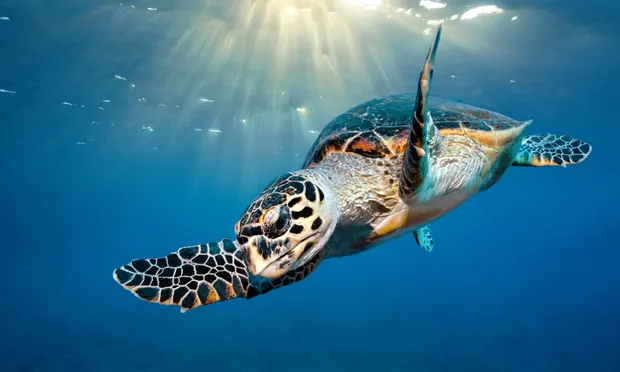
That means immediately confronting overfishing and illegal fishing, which together are the biggest driver of environmental decline in the ocean.
“Heavily subsidised, industrial fishers seek to exploit and profit from ocean resources that, by law, belong to everyone,” said Jessica Battle, a senior global oceans expert for WWF who is leading the NGO’s team at the negotiations.
“It’s a tragedy of the commons.”
For Battle a legally binding high-seas treaty would be crucial to breaking down the existing silos between current management bodies, resulting in less cumulative impact and better cooperation. There are some esoteric holdups, too, such as who owns marine genetic resources – the potential scientific discoveries in the ocean that could lead to new pharmaceutical, cosmetics, food and industrial advances.
This week, Greenpeace warned the treaty was in jeopardy as countries in the global north, including China, refused to compromise. The latest draft of the treaty, published on Saturday, still contained major areas of disagreement, it said.
Laura Meller, an oceans campaigner at Greenpeace Nordic, said: “Negotiations must accelerate and the global north must seek compromises instead of quibbling over minor points. China must urgently reimagine its role at these negotiations. At Cop15, China showed global leadership but at these negotiations, it has been a difficult party. China has an opportunity to transform global ocean governance and broker, instead of break, a landmark deal on this new Ocean Treaty.”
Among the high seas biodiversity hotspots that would benefit from being sanctuaries is the Costa Rica Dome – nutrient-rich waters that attract yellowfin tuna, migratory dolphins, endangered blue whales and leatherback sea turtles. There is also the Emperor Seamount chain, a biodiverse series of seamounts that arches north-west of the Hawaiian islands towards Russia.
“There are corridors of the sea where whales aggregate every year. Big undersea mountains, encrusted in corals,” said Doug McCauley, an associate professor of ocean science at the Benioff Ocean Initiative at the University of California, Santa Barbara, who contributed to a paper for the Pew Charitable Trusts highlighting 10 such proposed sanctuaries.
Getting something on paper that allows the international community to set up those parks is vital, he said.
“There’s a real opportunity to make history with this treaty,” he said. “It is arguably one of the most important international negotiations that no one has ever heard of.”
SOURCE: THE GUARDIAN/PACNEWS



